10 Types of Tree Nuts (with Pictures)
-
- Last updated:
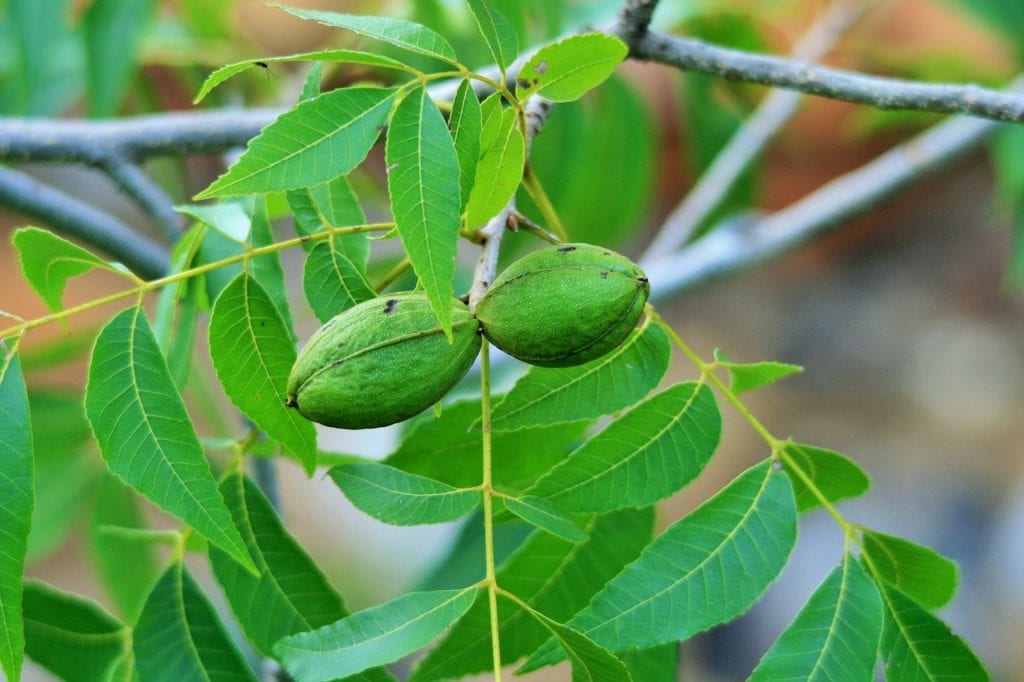
Tree nuts have been a part of mankind’s diet for thousands of years and are a vital source of nutrition for wildlife. They are high in healthy fats, very energy-dense (meaning high in healthy calories), and may help decrease the risk of cardiovascular disease when consumed in moderation1. Below we have researched the most common types of tree nuts for you.

The 10 Types of Tree Nuts
1. Acorns

Acorns are not usually thought of as edible nuts, but they are! Acorns represented a staple in the diet of some Native American cultures, and while their flavor is not as tasty as other nuts to mainstream palates, they are edible if prepared properly. They are not particularly nutrient-dense and have much less energy and fat content than more cultivated nuts.
- Calories: 144 kcal
- Carbohydrates: 15.2g
- Fat: 8.9g
- Protein: 3g
2. Almonds
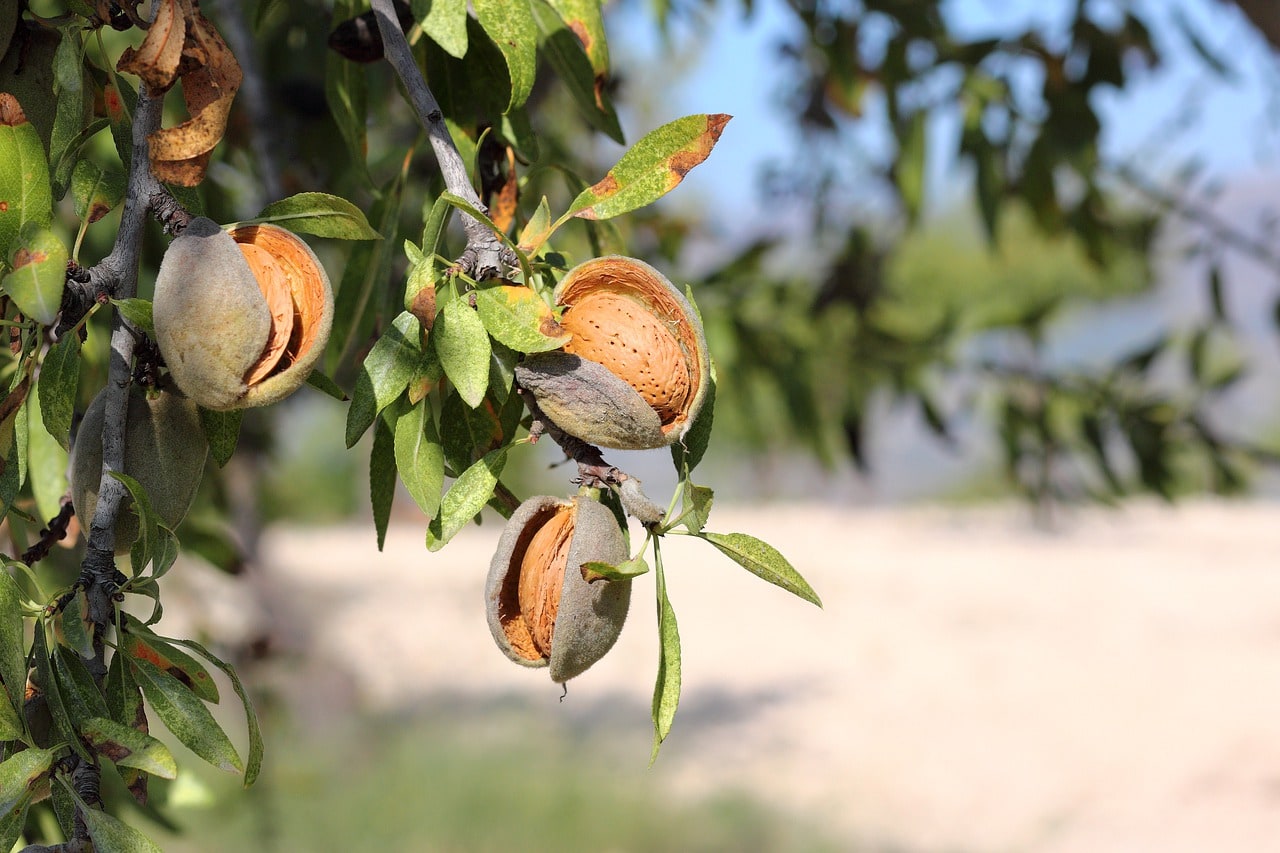
Native to the Middle East, the almond is a well-known tree nut. It is one of the earliest known domesticated fruiting trees and is used to produce many foods, from almond milk to marzipan. Almonds have been studied for their health benefits, and research indicates that a diet rich in almonds leads to a healthier cholesterol balance. They decrease the “bad” cholesterol and increase the “good” cholesterol, especially if almonds are used to substitute for less healthy foods.
- Calories: 164 kcal
- Carbohydrates: 12g
- Fat: 14.1g
- Protein: ~6g
3. Brazil Nuts
The Brazil nut is the name of an edible nut and the tree from which it is harvested. The Brazil nut tree is one of the longest-lived and largest trees in the Amazon rainforest. The nut’s meat is contained in a shell, and several shells can grow inside a single fruit.
These fruits can weigh up to 2 kilograms. Like almonds, the nuts have a healthy fat content, and Brazil nuts are also rich in selenium, which is associated with decreased blood sugar, anti-inflammatory effects, and thyroid health.
- Calories: 187 kcal
- Carbohydrates: 32g
- Fat: 19g
- Protein: ~4g
4. Cashews
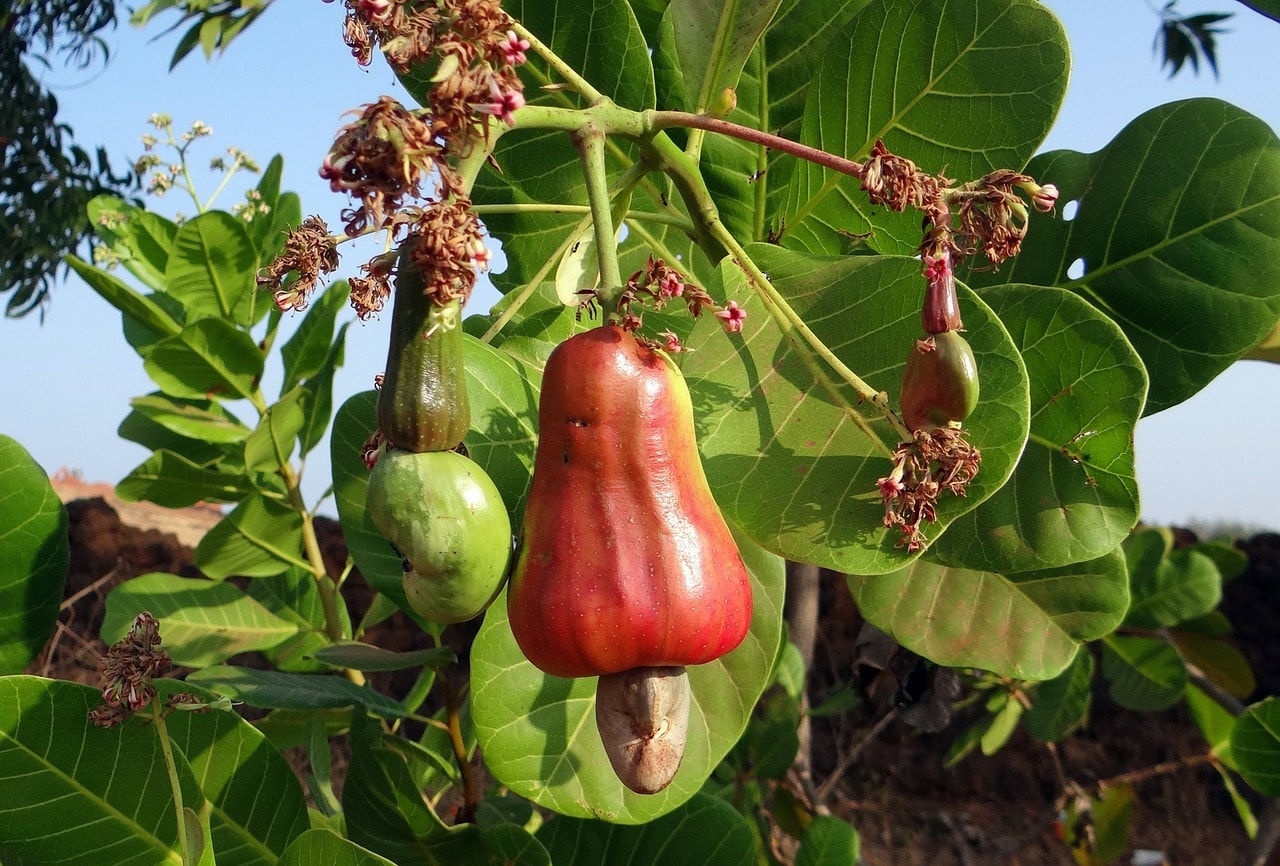
Cashews have a distinct shape, flavor, and texture. They are nutritious, but they must be prepared carefully since the two shells of the nut can be highly irritating to humans; cashews are a close relative of poison ivy and poison sumac plants.
Commercially purchased cashews are processed in such a way as to avoid the irritating toxins. This involves careful removal of the outer shell and roasting the nut. As with most nuts, cashews have a healthy fat profile and can improve cholesterol levels if eaten instead of less healthy foods.
- Calories: 157 kcal
- Carbohydrates: 56g
- Fat: 12.4g
- Protein: ~5.2g
5. Chestnuts
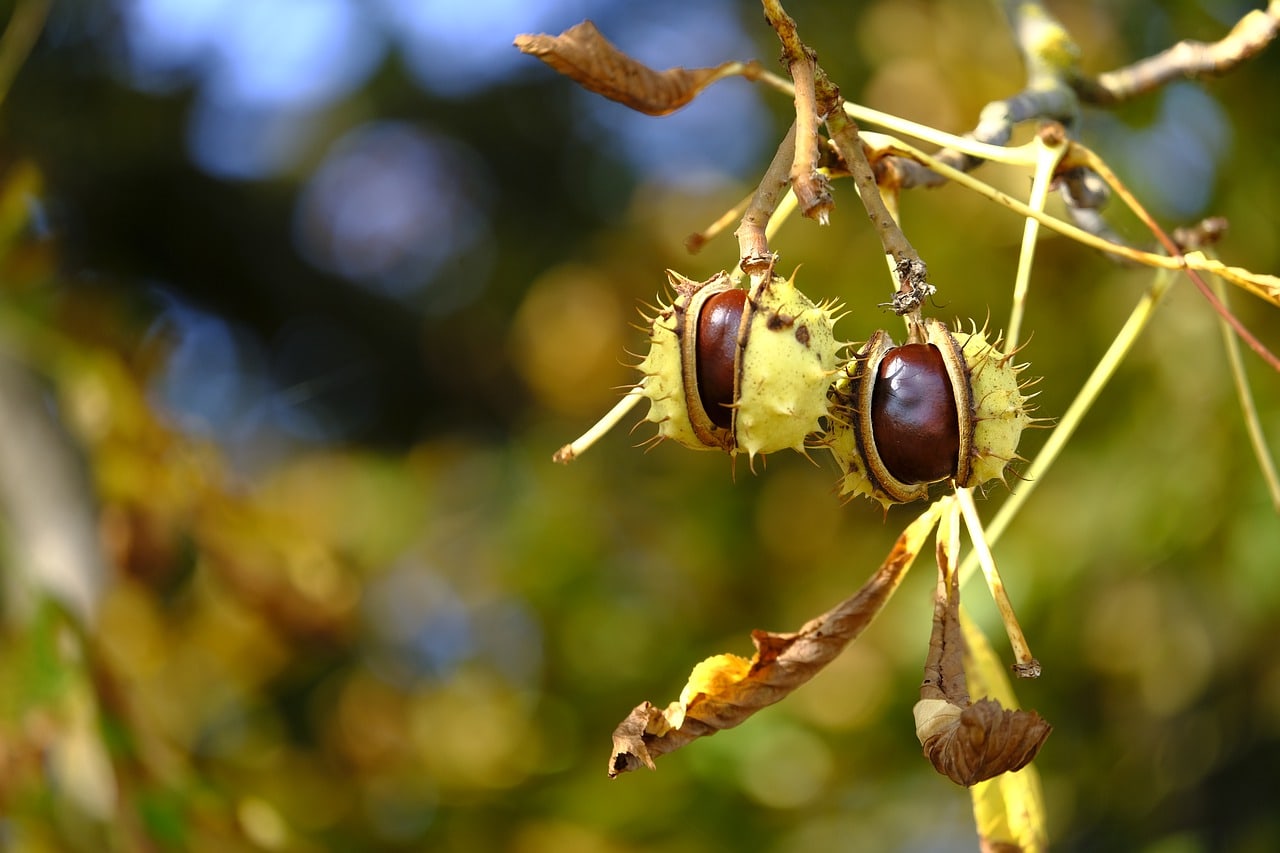
Chestnuts are particularly beautiful when found in their natural state. The fruits are lovely, and the hue of the nut gives it a resplendent depth normally associated with cut gems or well-finished hardwoods like walnut or mahogany.
They are sweet and crunchy when eaten raw. A deeper, earthier flavor is achieved by roasting. Chestnuts are a relatively rich natural source of manganese and have a similar healthy fat content to most other tree nuts. They also have high fiber content, meaning they support bowel regularity and digestive health.
- Calories: 102 kcal
- Carbohydrates: 1g
- Fat: ~0.4g
- Protein: ~1.5g
6. Hazelnuts (Filberts)
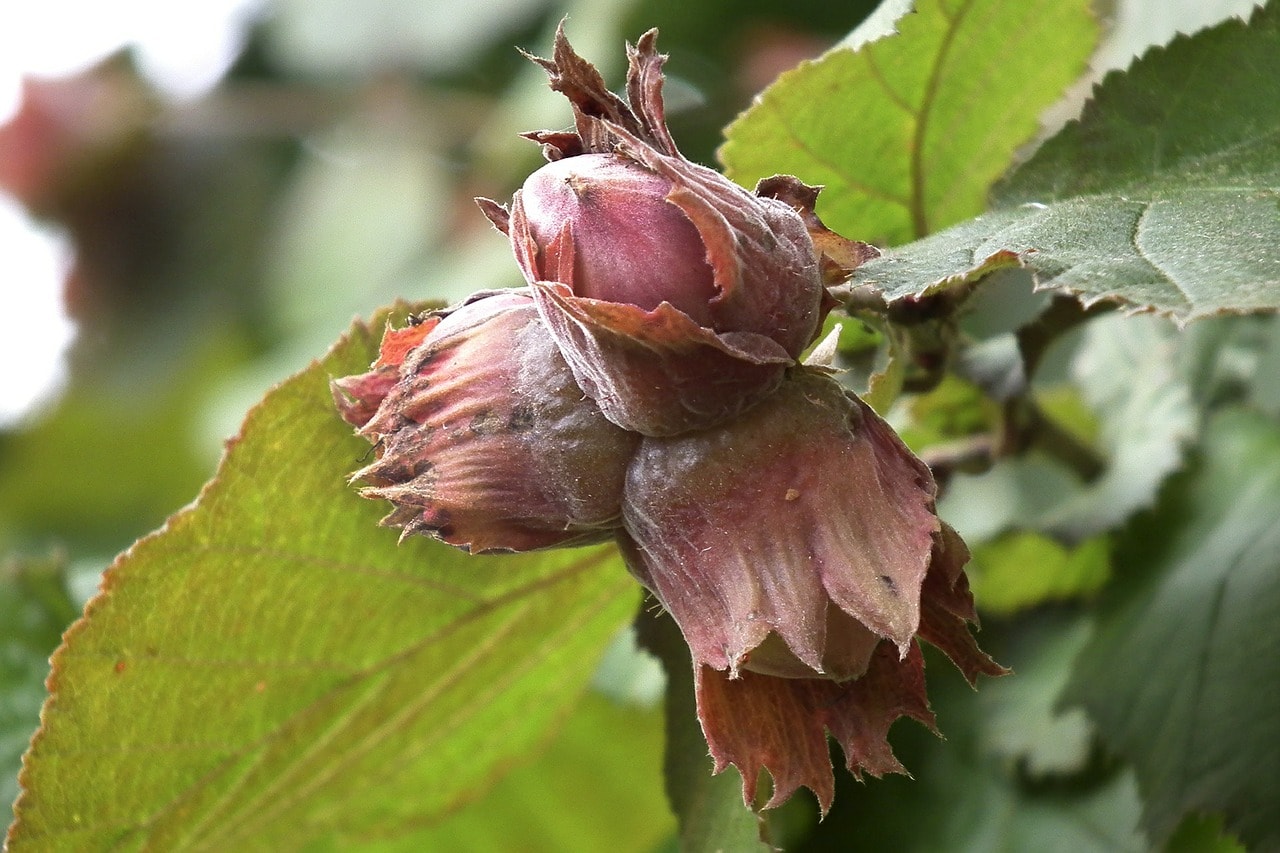
Hazelnuts are often found with pecans, chestnuts, almonds, and English walnuts in the assorted nut packs seasonally available around Christmastime. They balance the eating profile of other nuts with a solid texture and a deep, earthy flavor, especially when roasted. Roasting and eating nuts is not as common as it once was, but most know about Nutella—the tasty spread is a hazelnut product.
Hazelnuts are known for their vitamin E content, making them good for skin and hair health. As with other nuts, the fat profile of the nut favors healthy cholesterol levels, and eating them instead of other unhealthy foods will improve blood sugar control and lipid levels.
- Calories: 178 kcal
- Carbohydrates: 73g
- Fat: 17.2g
- Protein: 25g
7. Hickory Nuts
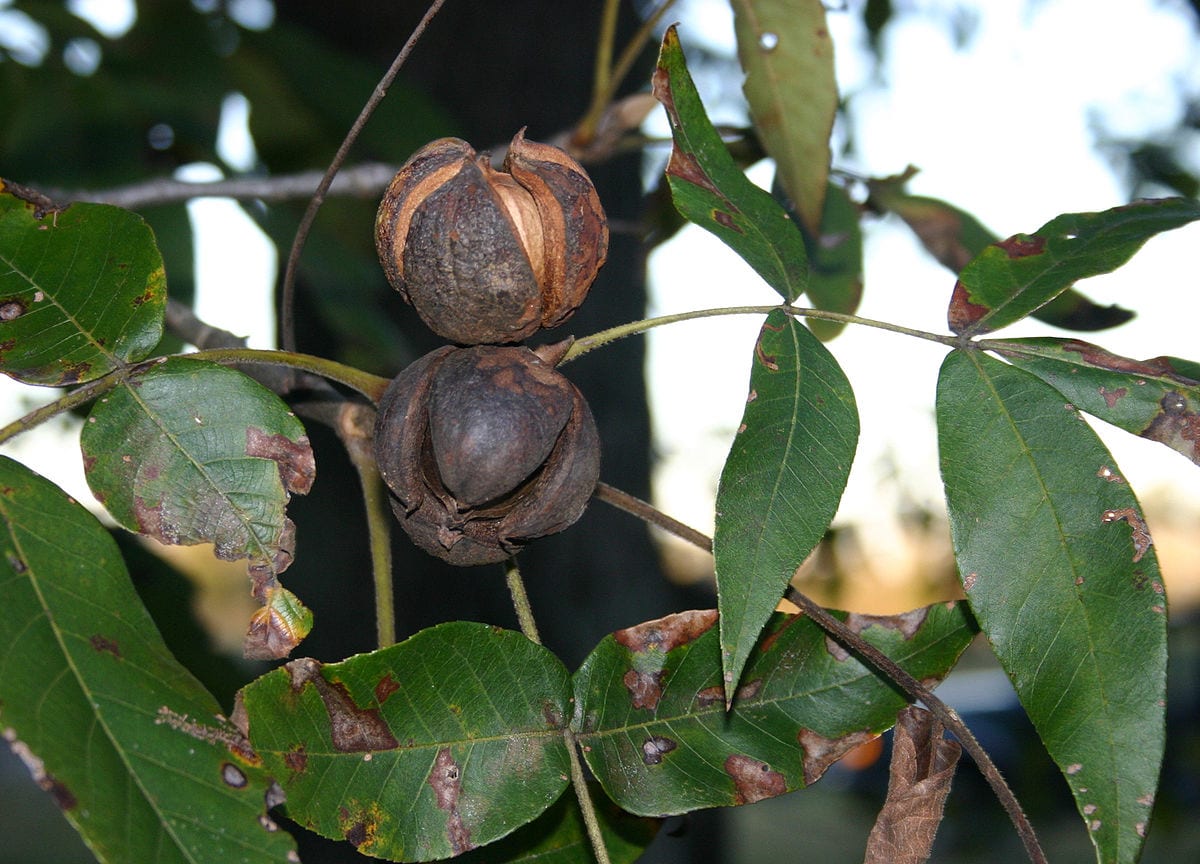
Hickory is a hardwood tree known for its wood and nuts, which share its name. Straight-grain American hickory tool handles are renowned for toughness, longevity, a good grip, and flexibility to help prevent fatigue during long work hours. Hickory handles are particularly favored for striking tools like hammers and axes.
The nut of this tree is eaten less often than other nuts we’ve listed but is sweet and has a strong “nutty” flavor. They are high in thiamin and manganese and have the same healthy fat profile as other tree nuts.
- Calories: 186.3 kcal
- Carbohydrates: 2g
- Fat: 18.2g
- Protein: 54g
8. Macadamia Nuts
Macadamia trees are evergreens, and the nut is exceptionally strong and hard; it’s five times harder than hazelnuts and almost as strong as aluminum! Opening the nut commonly involves sawing the hull rather than cracking it and using a special tool to separate the halves.
Chocolate-covered macadamia nuts are a well-known treat available in most supermarkets. The coating does not improve the nut’s otherwise healthy nutritional profile, but certainly is tasty! Macadamia nuts are particularly fatty, which increases their caloric content per ounce.
- Calories: 204 kcal
- Carbohydrates: 91g
- Fat: 21.5g
- Protein: 24g
9. Pecans
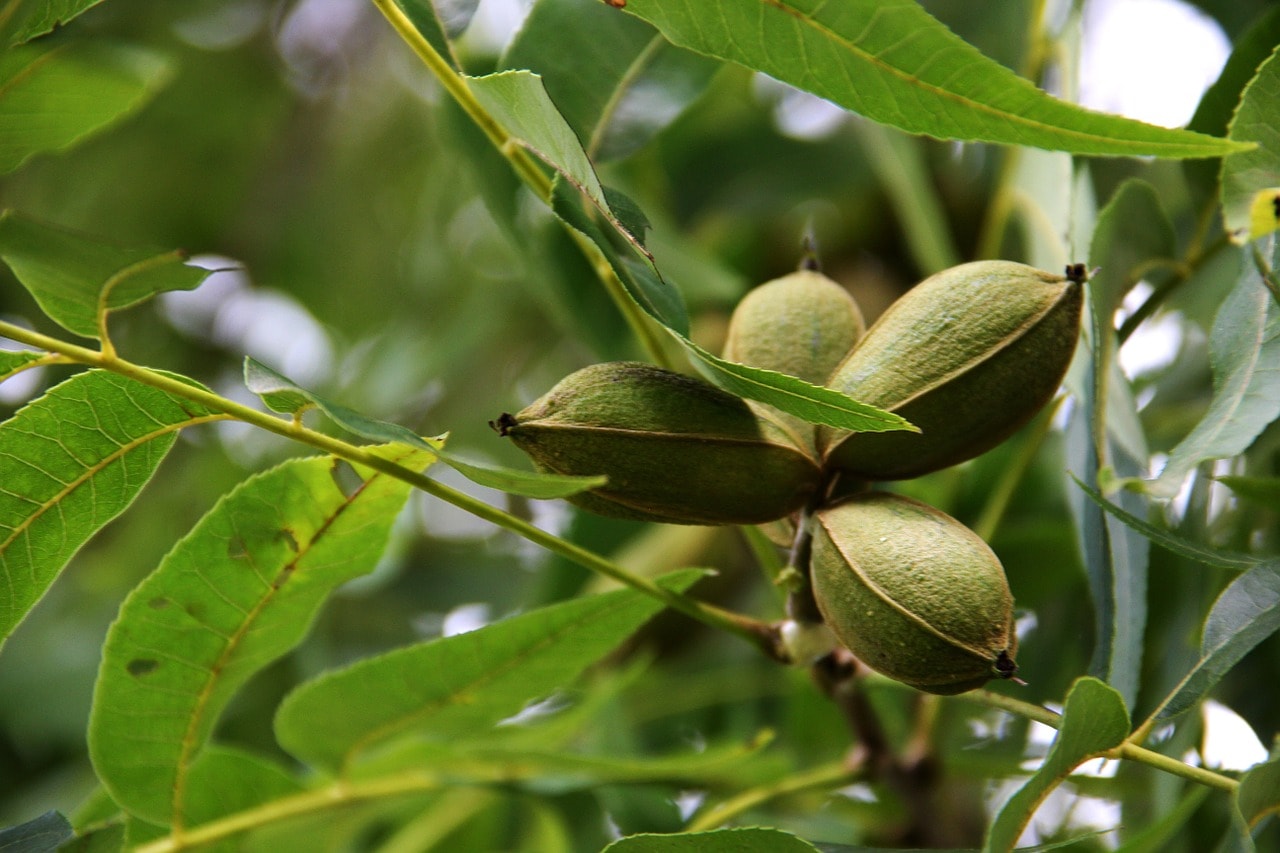
Pecans are used widely worldwide in cuisine, and the sweet, buttery flavor blends better into other foods than many nuts. Interestingly, the nut is not the only part of the pecan tree commonly used. Pecan wood is strong, beautiful, and often used in higher-end furniture making. Pecans and black walnuts are commonly grown in the same fields in the United States, giving four crops (two types of nuts and two types of hardwood) and helping to ensure diseases don’t spread through the stands as easily (diseases or parasites that affect one tree species often do not affect others).
Pecan nuts are high in fiber and zinc and include several essential vitamins and minerals. They are also a lower-carb nut, especially compared to chestnuts, pistachios, or hickory nuts, making them even more diabetes-friendly.
- Calories: 196 kcal
- Carbohydrates: 94g
- Fat: 20.4g
- Protein: 6g
10. Pine Nuts
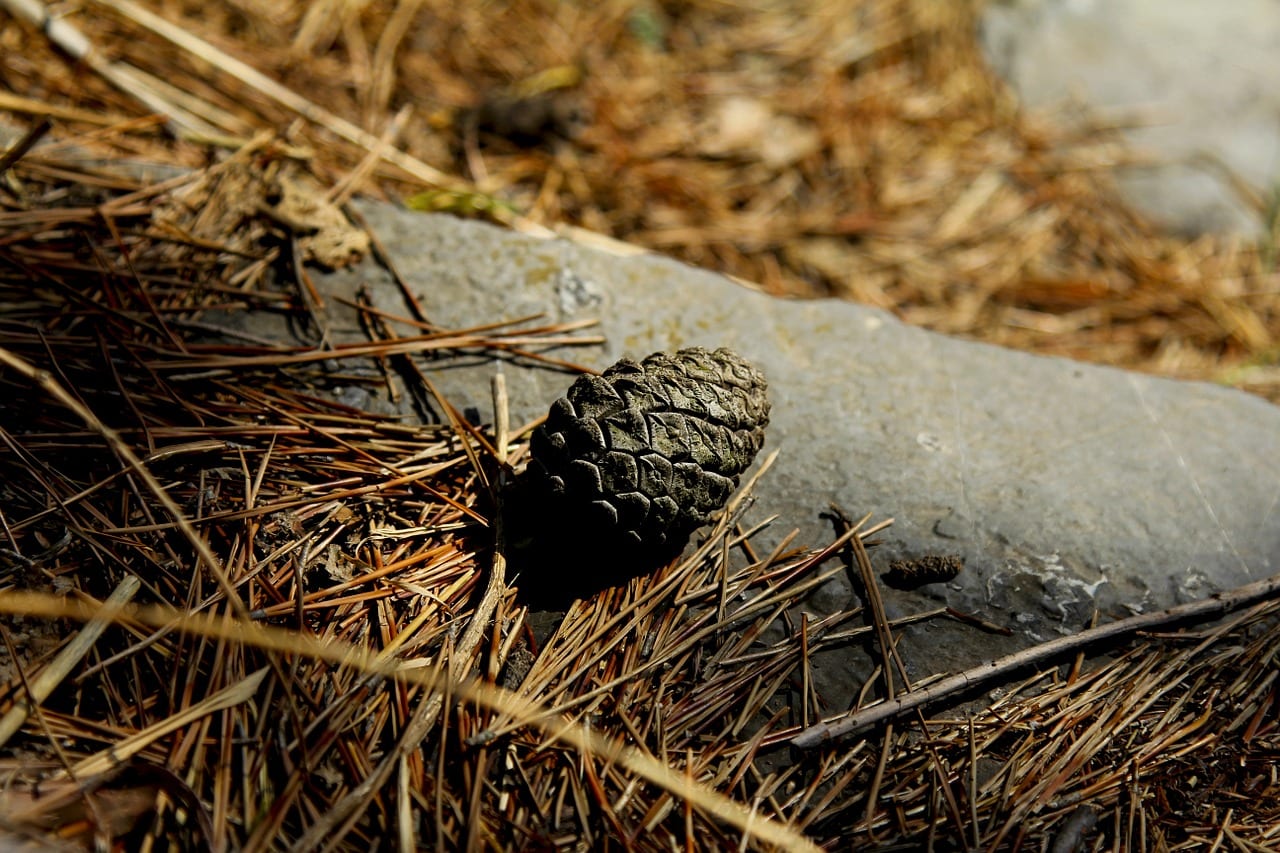
Like many of the other nuts listed, pine nuts are named after the tree from which they come—pines! The nuts are sold commercially as a snack food. Their cultivation and harvest in North America are closely associated with preserving pinon pines forests. They contain several minerals and vitamins and have the same benefits to blood sugar and cholesterol as other nuts due to their healthy fat content.
- Calories: 191 kcal
- Carbohydrates: 71g
- Fat: 19.4g
- Protein: 88g

Conclusion
Tree nuts are a healthy source of nutrition for humans and animals, and some trees that produce the nuts are also used for lumber. Several species produce nuts, but only a few are suitable for human consumption. Be very careful if you’re planning to harvest tree nuts. However, the nuts we discussed are safe, healthy, and delicious!
We hope you’ve enjoyed our look at different tree nuts. Feel free to share this article on social media or leave a comment below!
Featured Image Credit: PublicDomainPictures, Pixabay
Contents

